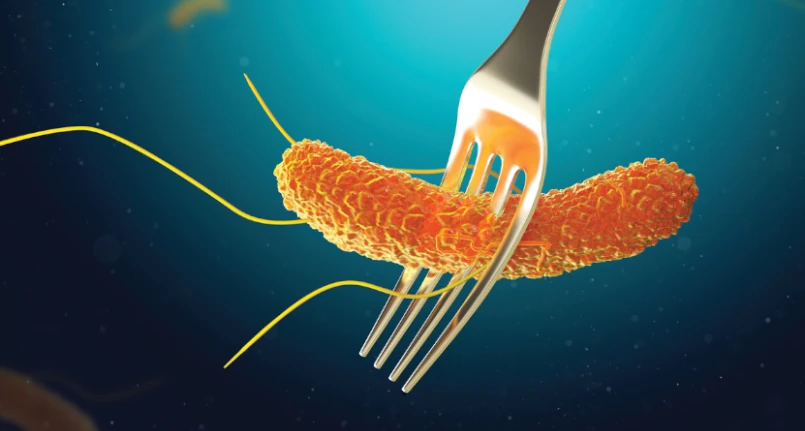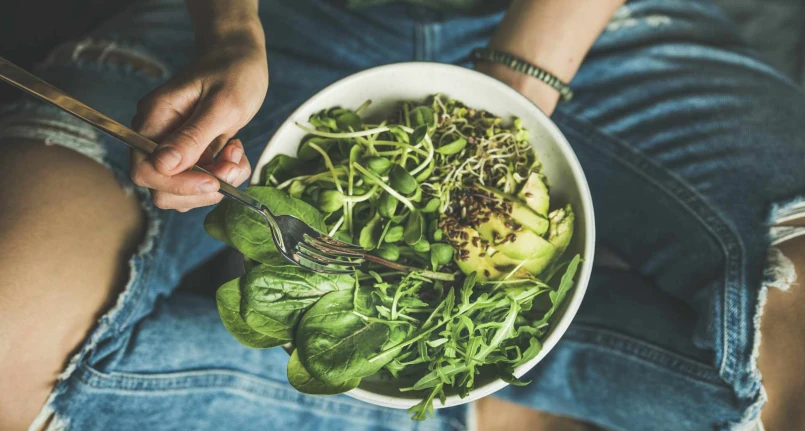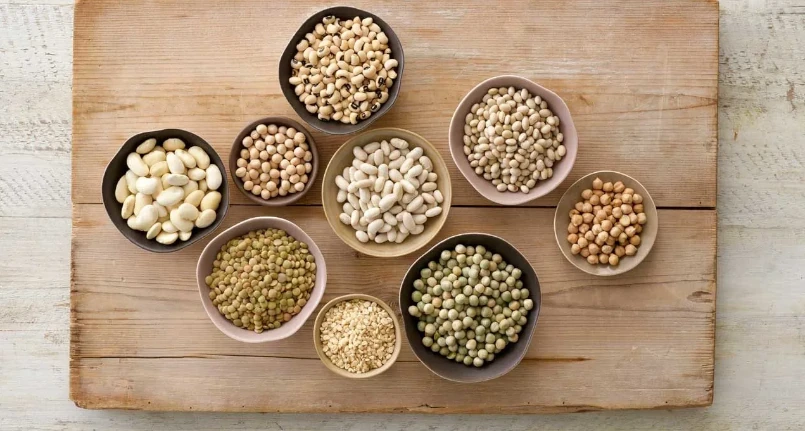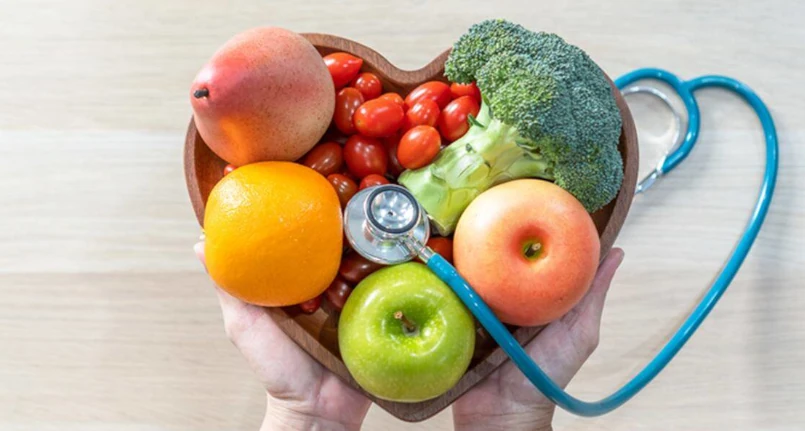Introduction
Salmonella is a genus of bacteria responsible for one of the most common gastrointestinal infections in humans: Salmonellosis . The risk of the onset of this disease is mainly related to the consumption of food contaminated during storage and handling. Foods such as poultry, eggs and derivatives, pork and raw fish are the cause of salmonellosis. Symptoms of infections vary, and include simple gastrointestinal disturbances ( fever , abdominal cramps , vomiting and diarrhea ) up to more serious forms, which especially concern already debilitated subjects.
Salmonella develops and proliferates above all within the gastrointestinal tract of some animals, mainly poultry and pigs which eliminate the bacterium with their faeces which , in turn, can contaminate certain foods such as eggs, meat , unpasteurized milk and their derivatives. Not only that, the infection can also be transmitted by handling kitchen utensils or due to poor hygiene .




